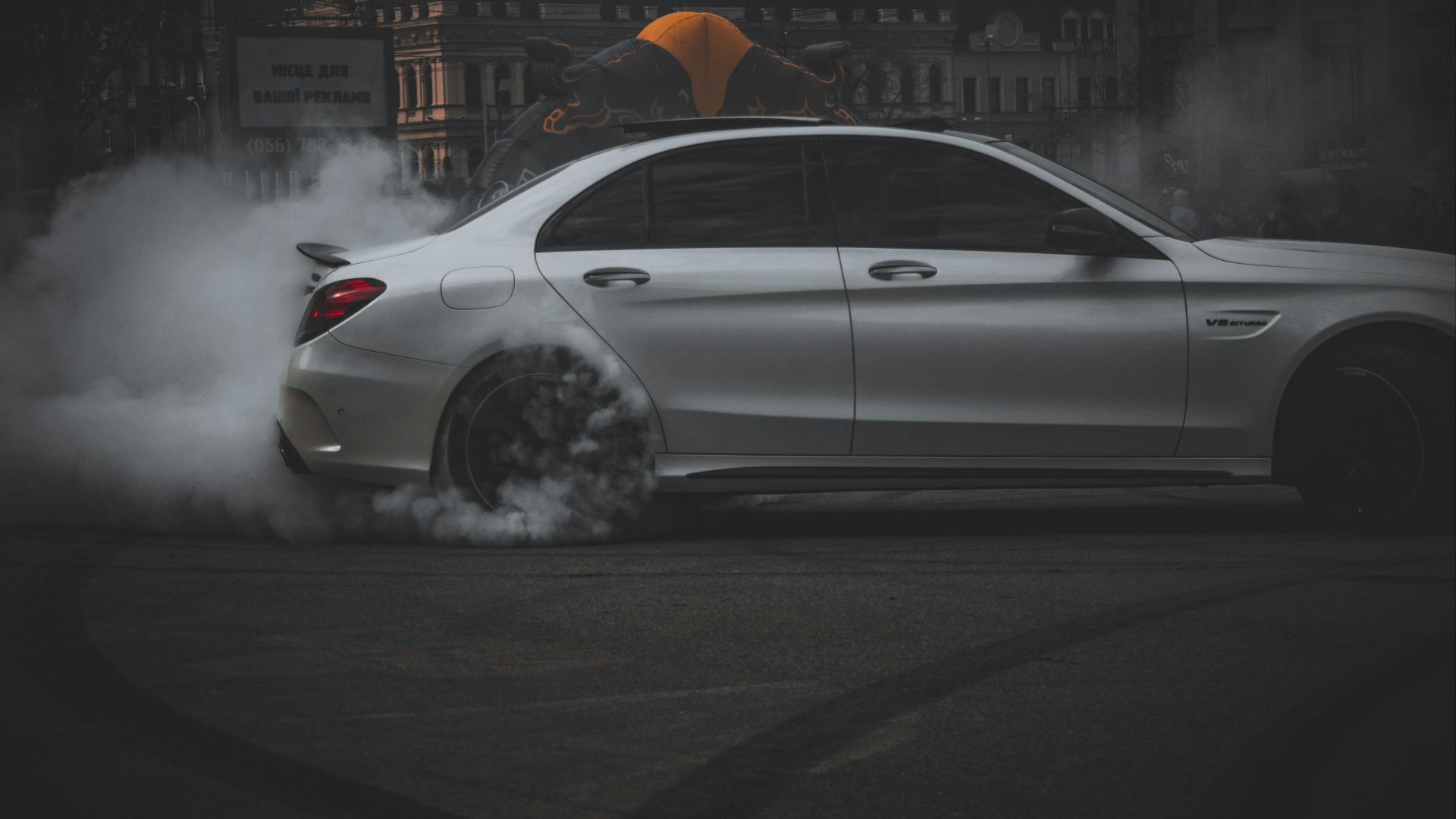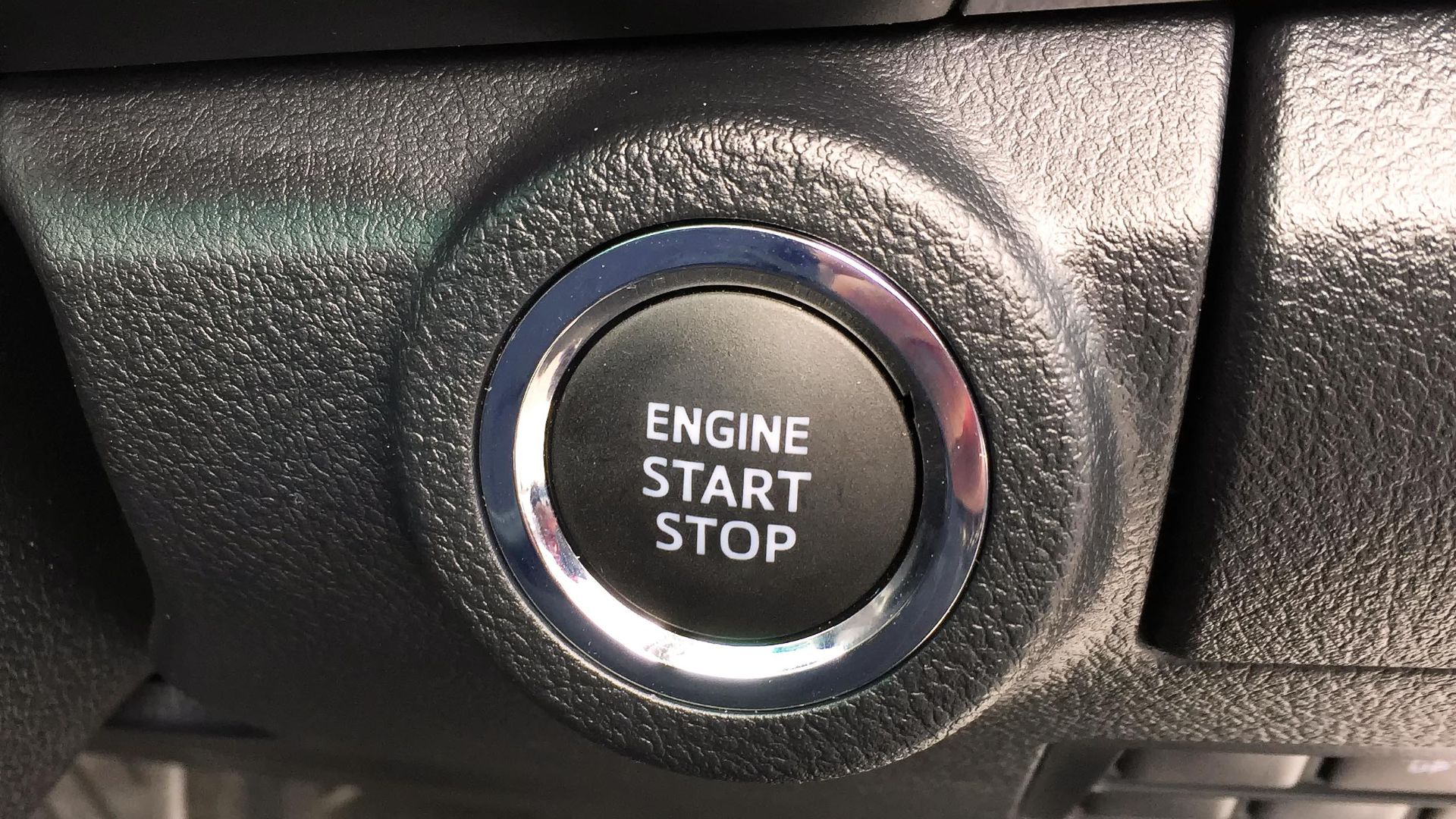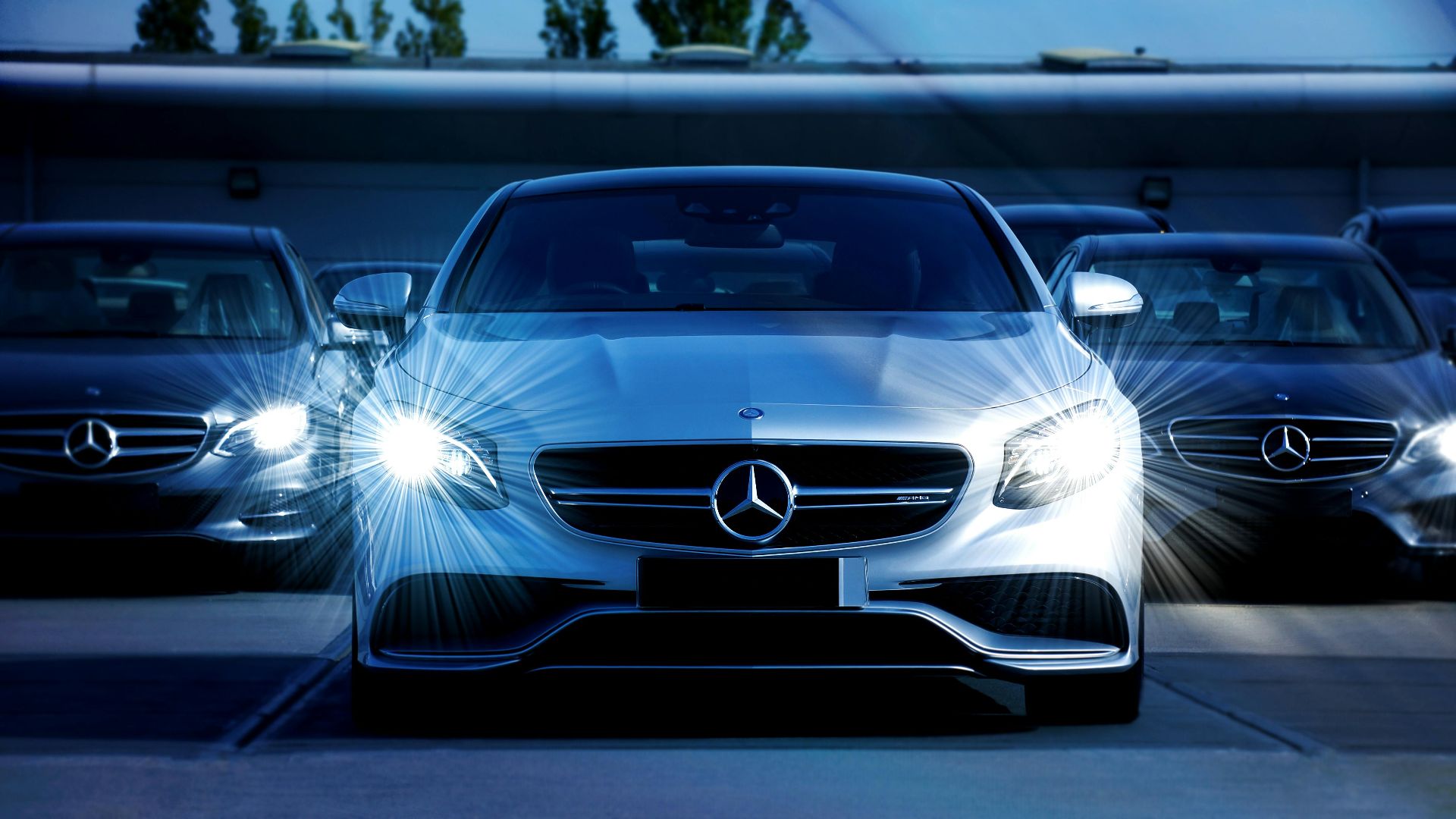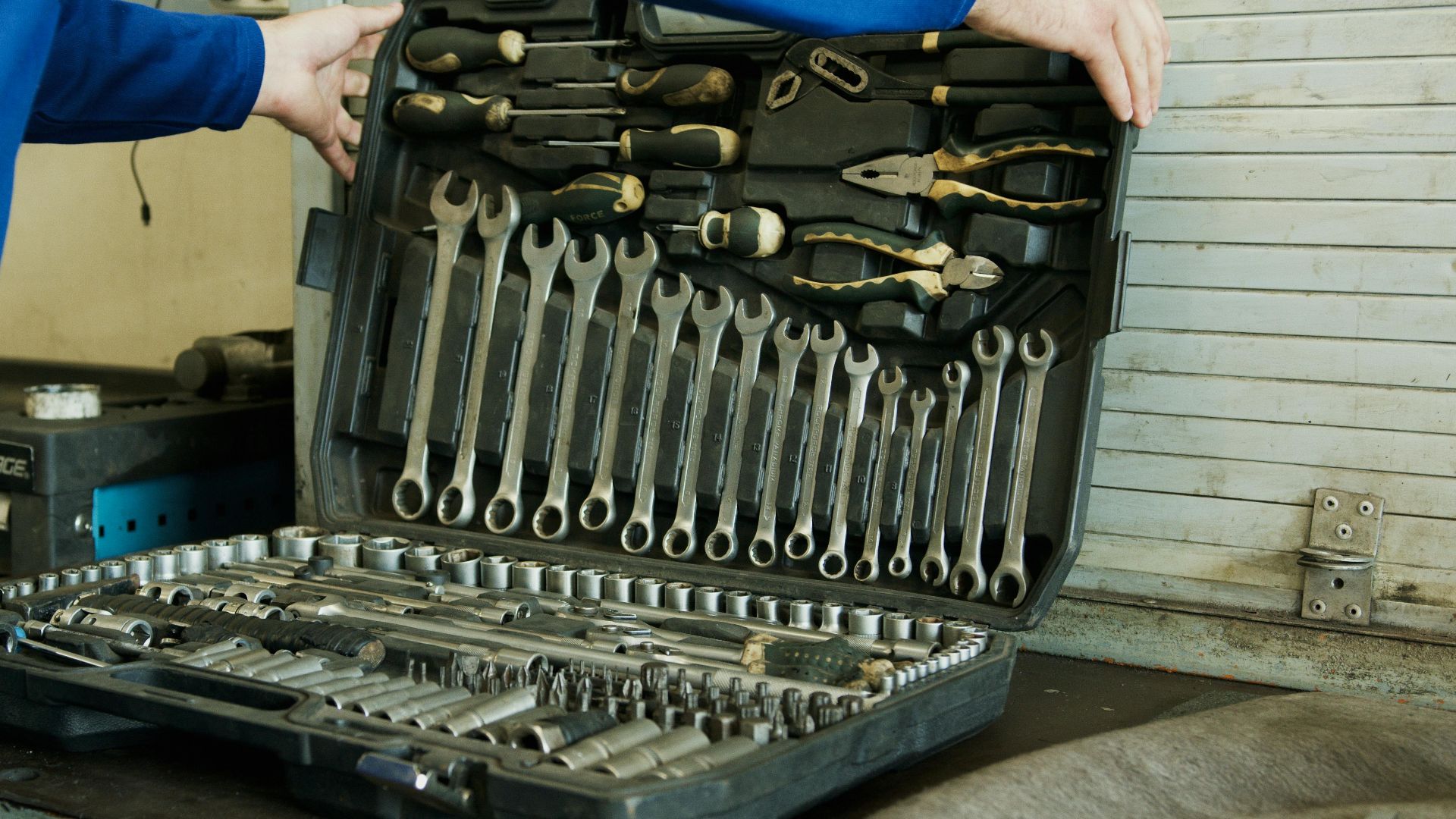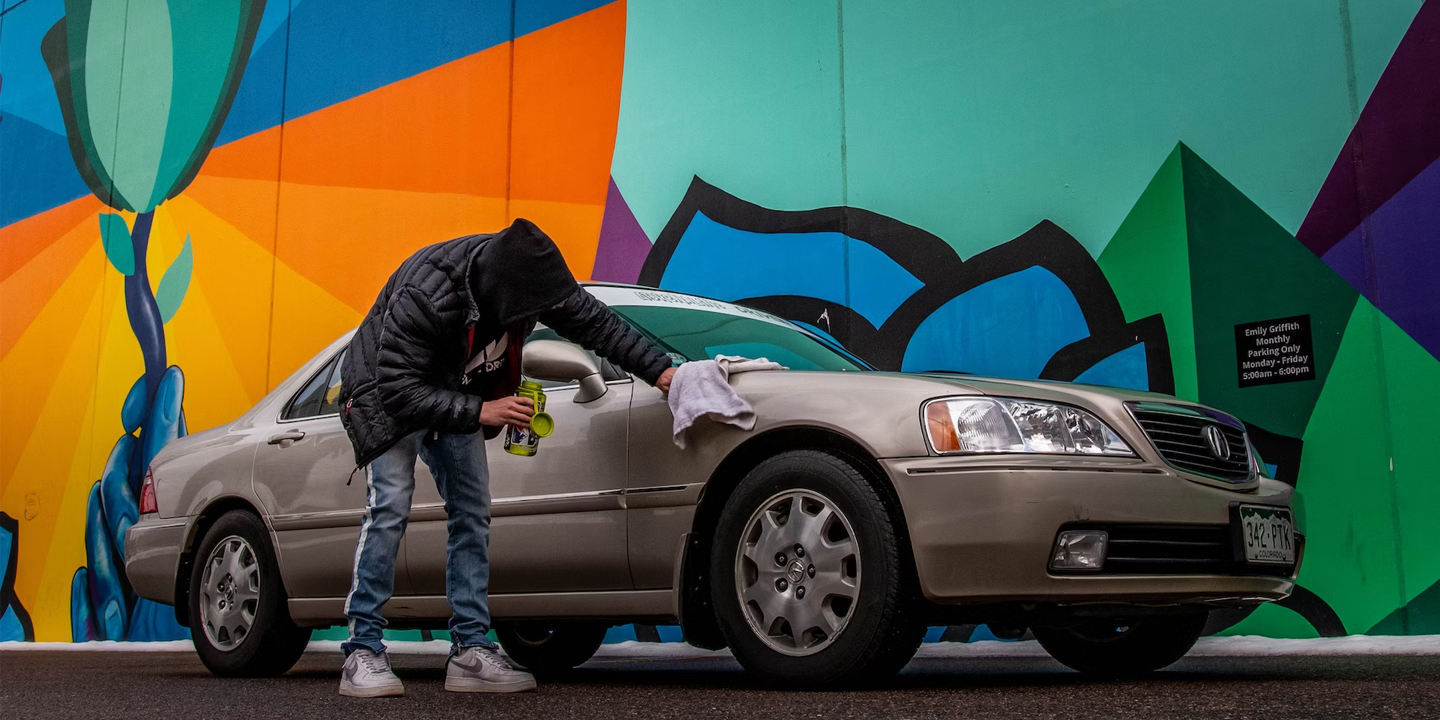10. How To Maintain Your Car's Brakes Safely
Listen for squealing or grinding sounds—your brakes are crying for help. Also, spongy pedals suggest air in brake lines or contaminated fluid. You should also replace brake fluid every two years or as specified in the manuals.
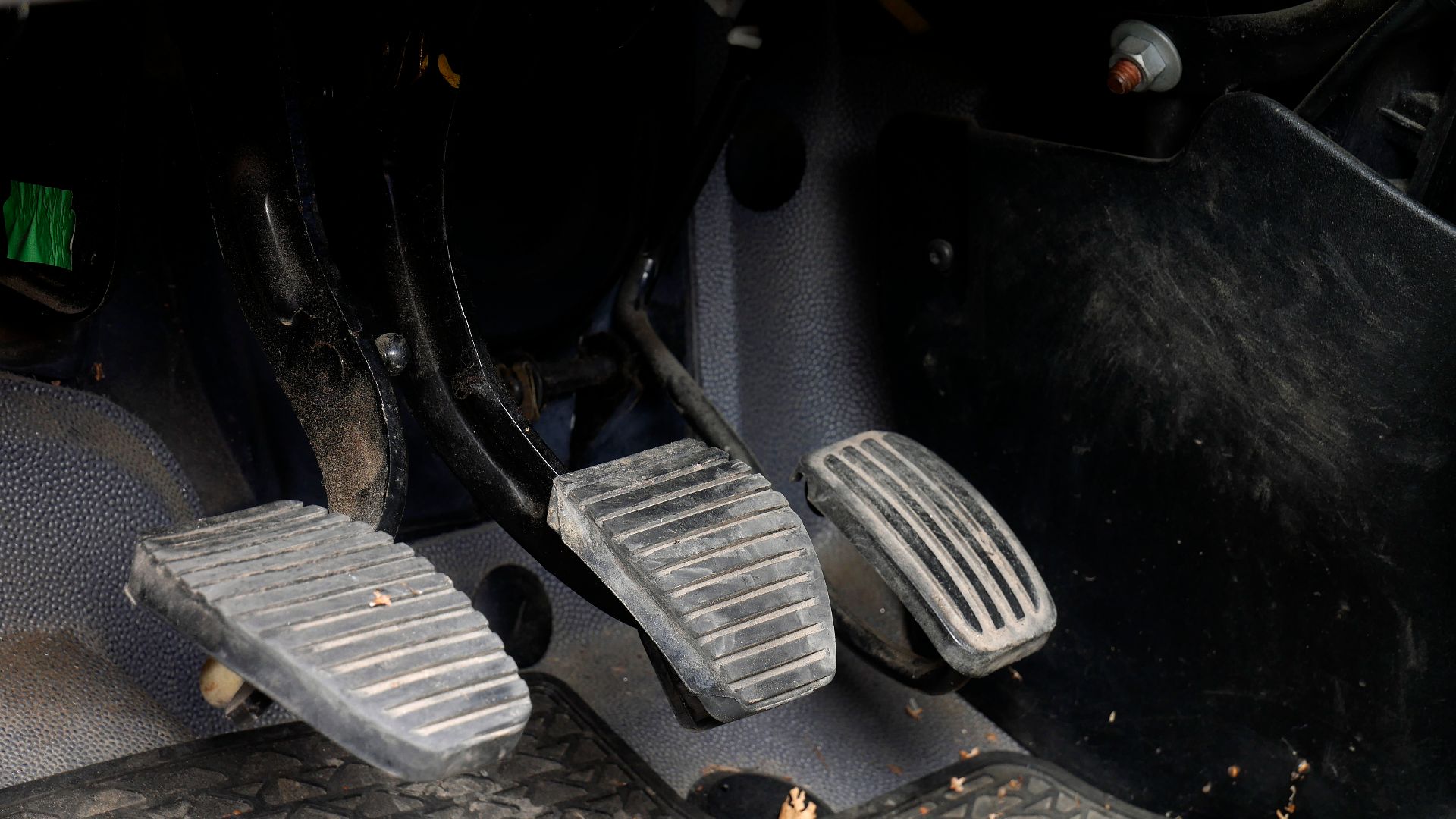 Santeri Viinamäki on Wikimedia
Santeri Viinamäki on Wikimedia
11. What Your Car's Air Filters Do And When To Replace Them
Air filters protect engines and passengers from airborne contaminants simultaneously. Engine filters maintain power while cabin filters block allergens and dust. Replacement often requires basic tools, making it perfect for DIY maintenance.
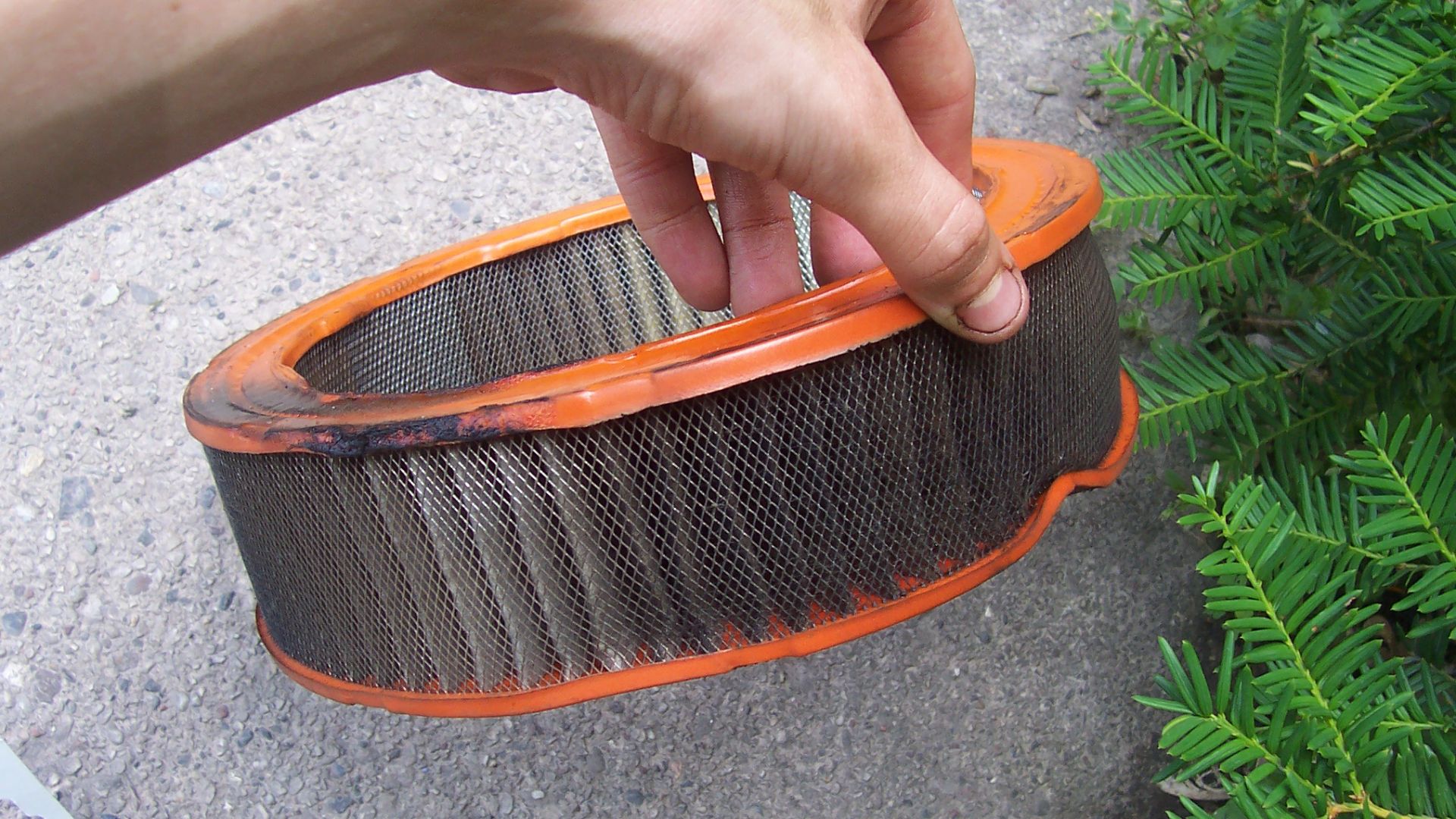 Ahanix1989 at English Wikipedia on Wikimedia
Ahanix1989 at English Wikipedia on Wikimedia
12. Why Your Car's Wheel Alignment And Balancing Matter
Misaligned wheels turn highway cruising into steering wheel wrestling matches. They cause uneven tire wear and compromised handling characteristics. Also, unbalanced wheels create vibrations that intensify dramatically at higher speeds.
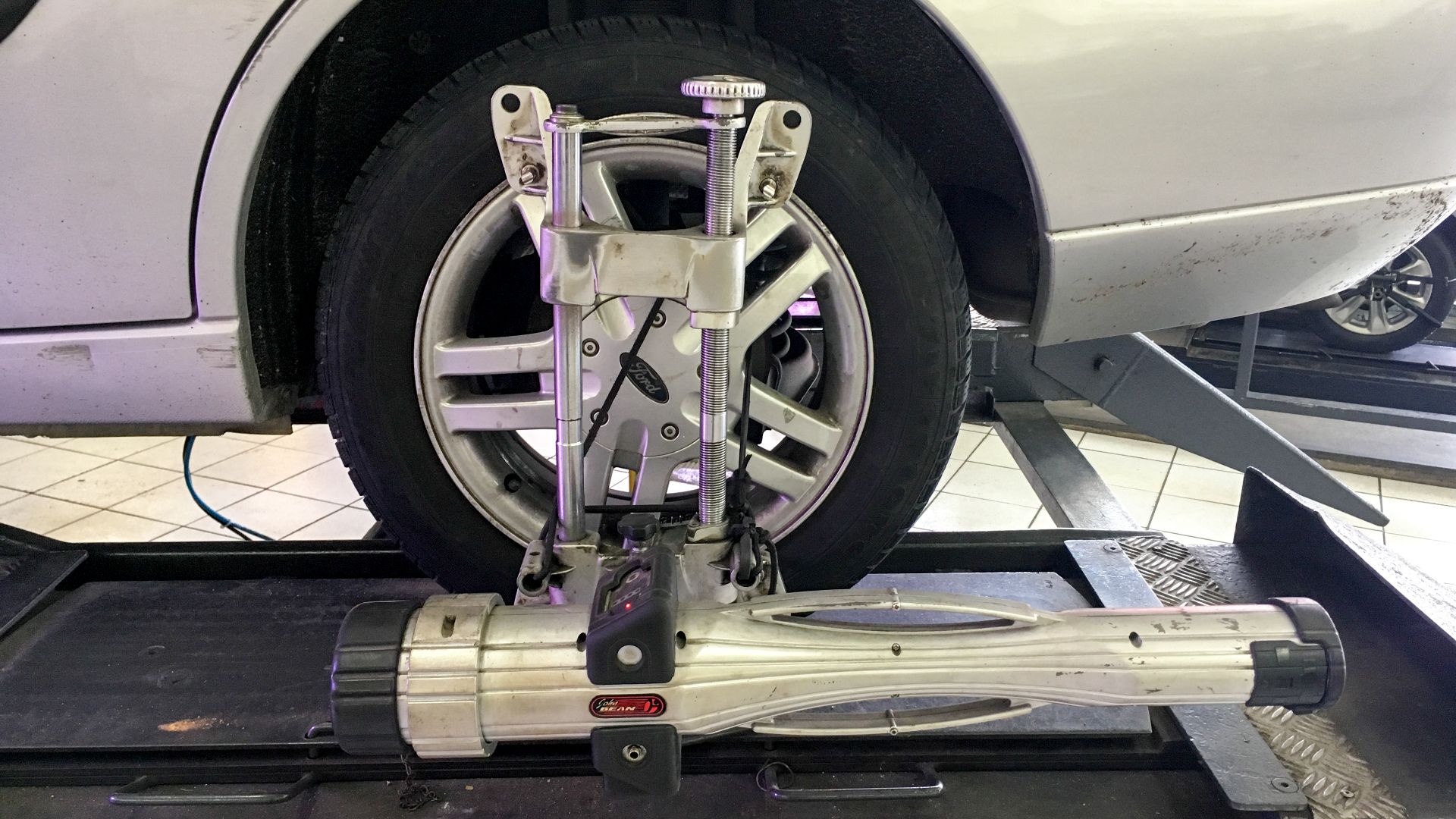 Photograph by Mike Peel (www.mikepeel.net). on Wikimedia
Photograph by Mike Peel (www.mikepeel.net). on Wikimedia
13. How To Replace Your Car's Wiper Blades
Streaky windshields signal blade replacement time—typically every six to twelve months. Lift wiper arms carefully and slide out old assemblies. Verify correct lengths in owner's manuals or parts databases before purchasing.
14. What To Do When Your Car's Engine Overheats
In the event that the engine overheats, pull over safely, shut off immediately, and open the hood for heat dissipation. Never remove radiator caps while hot, as pressurized coolant causes severe burns. Check coolant levels once cooled and seek professional help for persistent issues.
15. How To Keep Your Battery Terminals Clean And Secure
Corroded terminals create starting headaches and electrical gremlins that baffle mechanics. To clean them, apply baking soda solutions using an old toothbrush. Always disconnect negative terminals first during maintenance to prevent short circuits.
16. The Fuel Type Your Car Requires
Your car’s engine knows what fuel type it shouldn’t consume! Stick to the recommended octane rating. Diesel engines demand diesel, and using gasoline can wreck the system. Most cars work just well on regular unleaded, but premium only helps if your engine’s built for it.
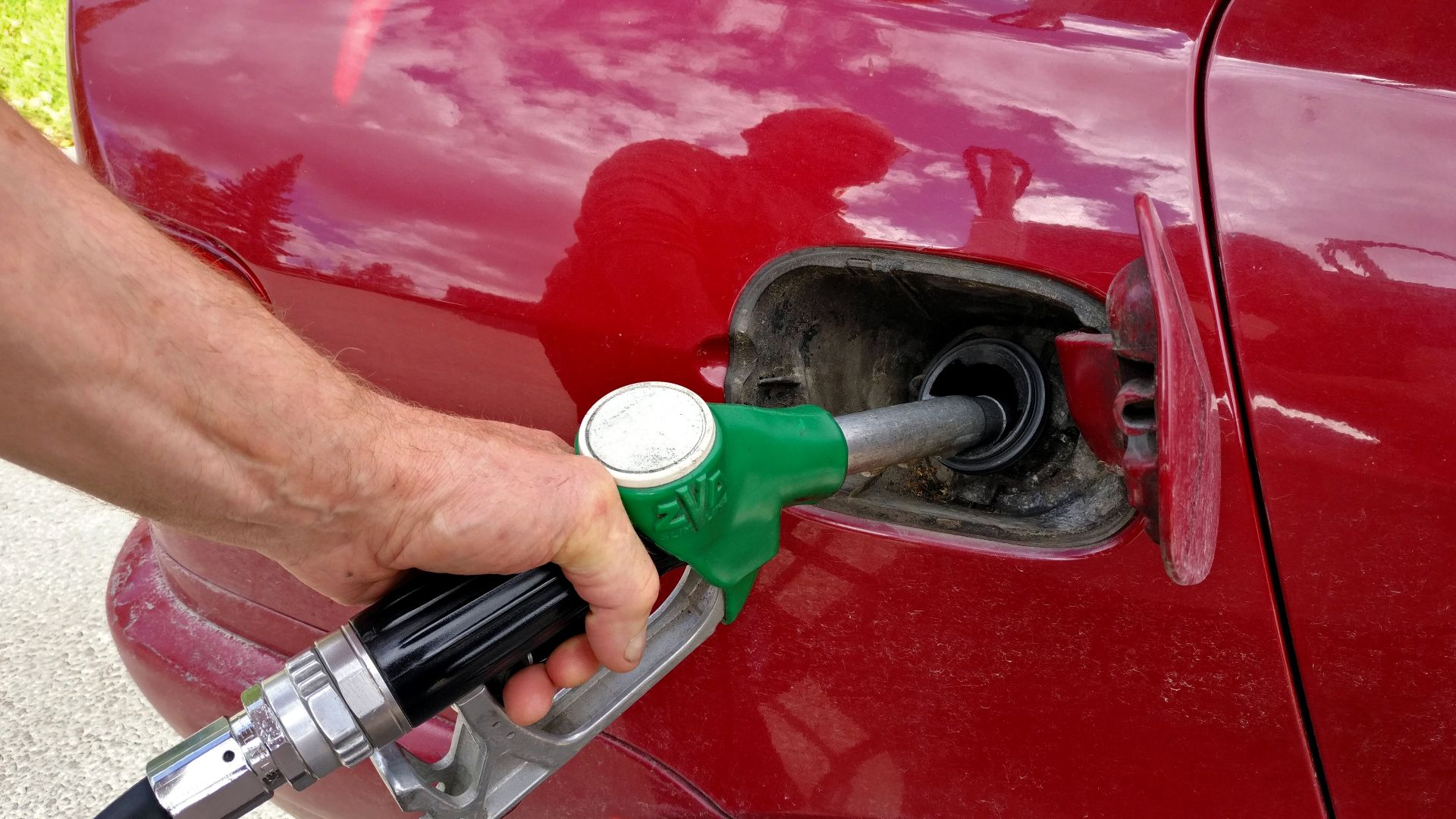 Santeri Viinamäki on Wikimedia
Santeri Viinamäki on Wikimedia
17. How To Diagnose When Your Car Won't Start
Sometimes you may get a sinking feeling that your car won’t start, and you could be right. Listen carefully—clicking sounds usually mean a dead battery, so try a jump. If it cranks fast and then stops, you might have a fuel or ignition issue.
18. How To Keep Your Car's Headlights Clear And Bright
No one wants to drive with cloudy headlights that dim your view. Luckily, there’s a quick fix—use a commercial cleaning kit or toothpaste. If the bulbs are burned out, replace them immediately to avoid safety risks and fines.
19. How To Store Your Car Properly For Long-Term Parking
If you’re planning to park your car for an extended period, fill up the tank, add a fuel stabilizer, and disconnect the battery to prevent draining. Jack stands and breathable covers protect against long-term wear.
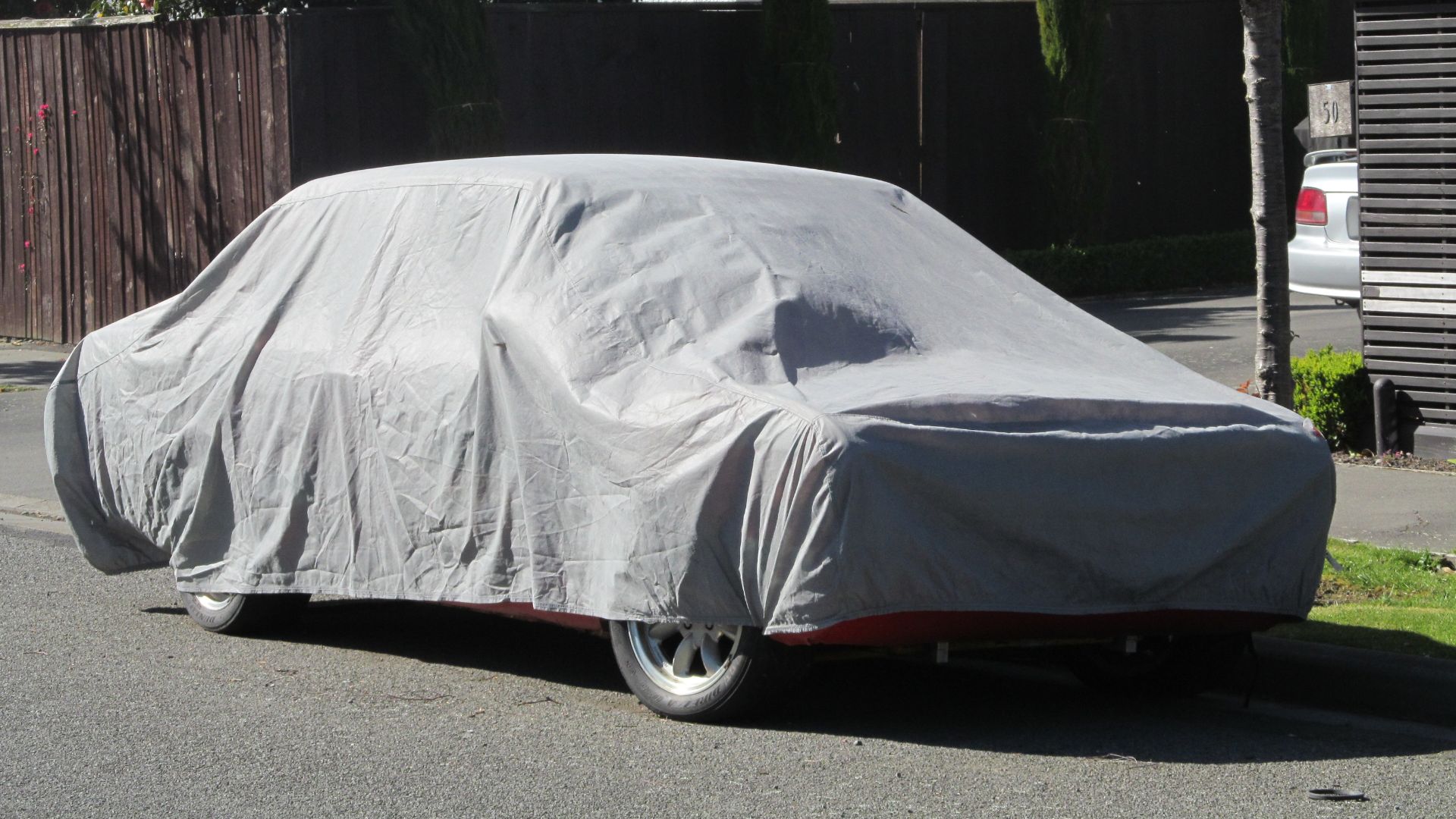 Riley from Christchurch, New Zealand on Wikimedia
Riley from Christchurch, New Zealand on Wikimedia
20. What To Include In Your Car's Emergency Kit
You never know when an emergency will strike, so always be prepared. Stock your emergency kit with jumper cables, a flashlight, first aid supplies, and basic tools. Also, keep tire sealant and a portable inflator for those long, unexpected delays.



